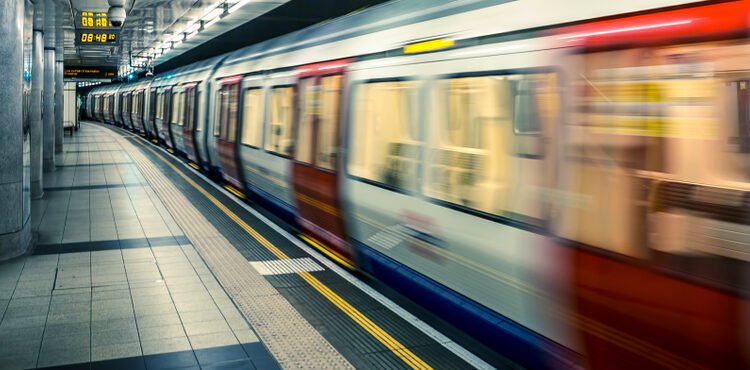The Brussels STIB had to cough up 875,000 euros in 2021 for the removal of graffiti on vehicles and in stations. In 2020, that cost was even higher: then it cost the Brussels transport company about 980,000 euros .
It is not clear what caused this slight decrease. According to BRUZZ, spokesperson for Brussels Minister of Mobility Elke Van den Brandt (Green), it is “pure guesswork as far as the decline is concerned. Our estimate is that less graffiti has simply been sprayed.”
The costs were highest for graffiti removal in stations (597,000 euros). Cleaning up metro trains cost 235,000 euros. For trams and buses, that amount was considerably lower (40,000 euros and 3,000 euros respectively). This is apparent from figures released by MPs Julien Uyttendaele (PS) and Ibrahim Dönmez (PS) after a parliamentary question to Van den Brandt.
STIB has already taken various measures to ensure security on its network, says An Van hamme, spokeswoman for STIB. This includes an increased presence of staff in the stations, cameras in stations and vehicles and collaborations with the police.
Discouragement and paint
“First of all, we are focusing on dissuasion. In addition, we use special products and paint that make graffiti easier to remove, both on the windows of the vehicles and, for example, on the backs of seats. If graffiti was nevertheless sprayed, we try to remove it as soon as possible, because it has been proven that graffiti attracts graffiti,” says Van hamme.
Certain metal doors in metro stations, often doors of technical areas, are the target of graffiti, says Van hamme. The STIB started in 2021 with a promotion with which it provides a kind of decoration for these doors. Since then, stickers have stuck on many doors. “On the one hand to cover the graffiti and on the other hand we can strengthen the visual identity of STIB. Usually there is no tagging on this upholstery.” However, neither Van Hamme nor Desmet sees this action as a reason for the decrease in costs in 2021.




